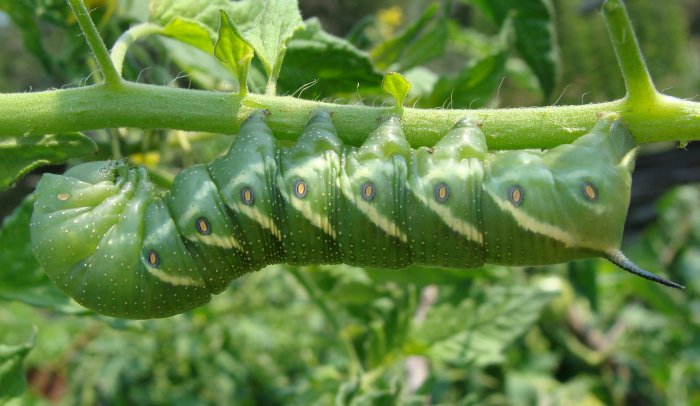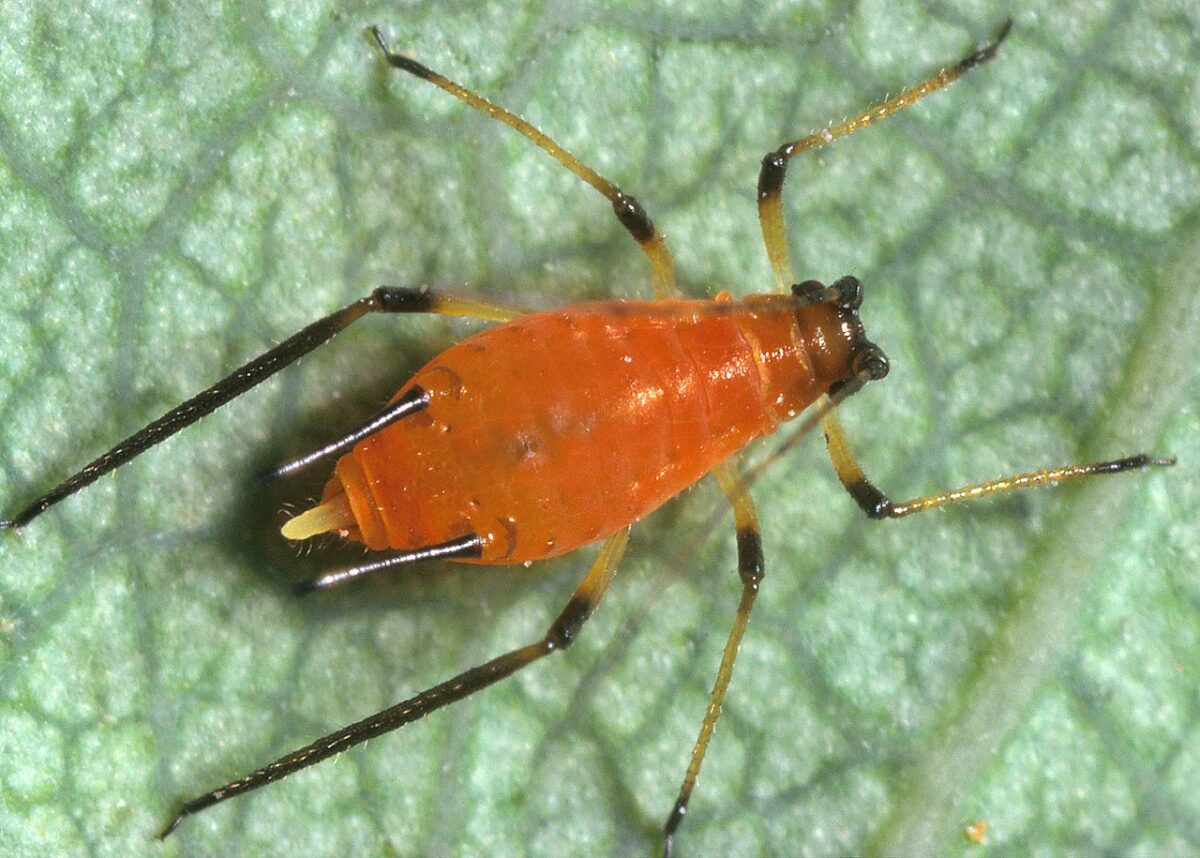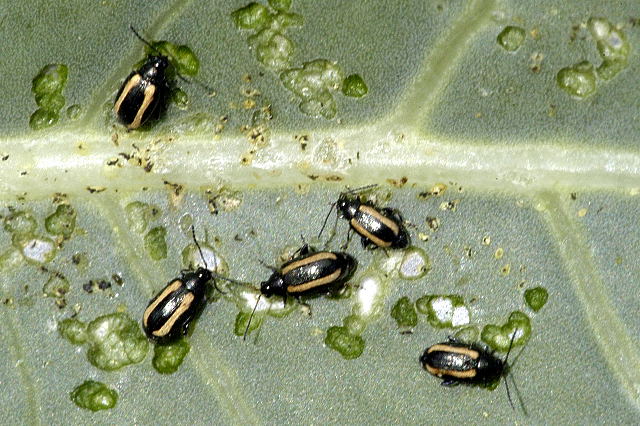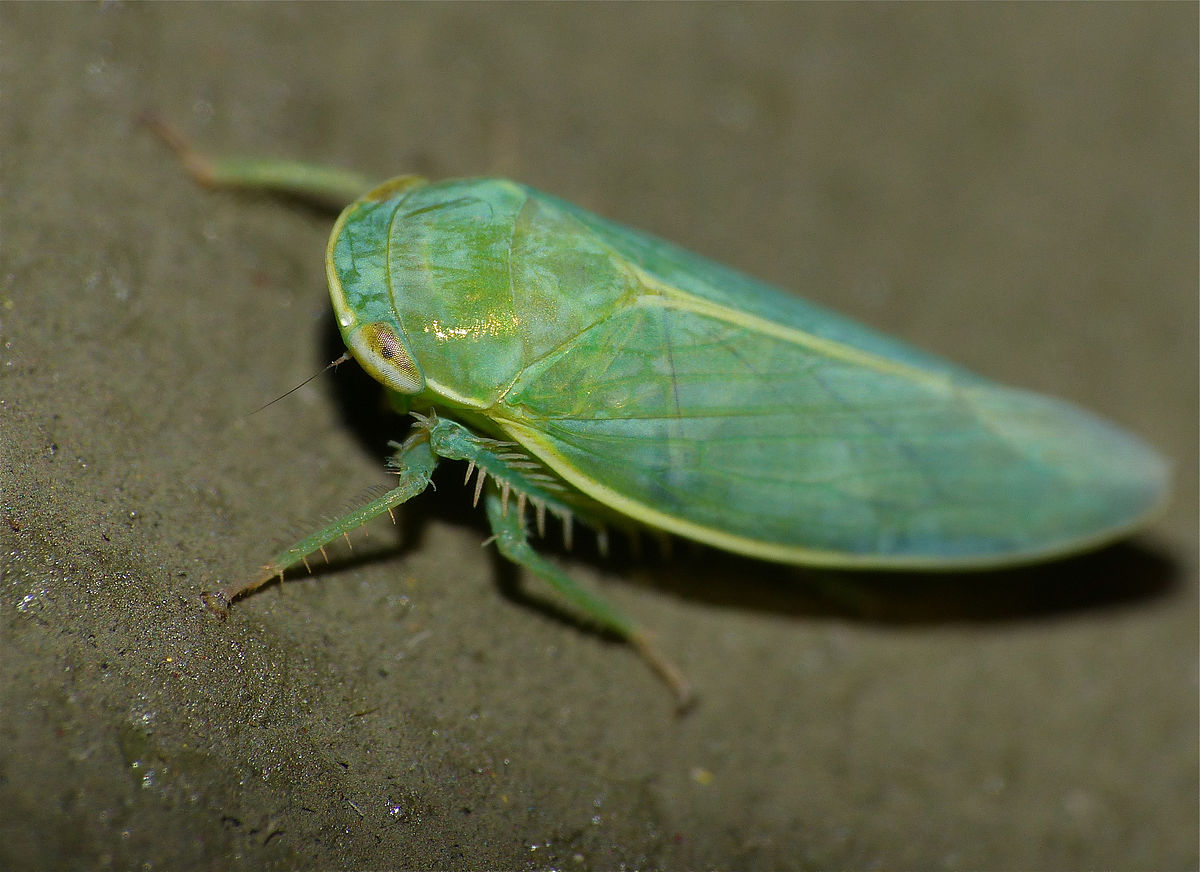Can’t wait to taste those homegrown tomatoes but fear the bugs might get to them first? Many types of critters enjoy feasting on tomato plants, and some can cause extensive damage. Let’s explore seven excellent strategies to protect your tomatoes from these plant-eating pests.
Tomato Bugs: A Close Look

Let’s begin with knowing our enemy. A common offender is the tomato hornworm. The larvae are bright green and eat the tomatoes themselves, plus their leaves. Destructive, large, they turn into moths with an impressive wingspan of five to seven inches.
Handpicking: A Simple Strategy Against Tomato Bugs
You can battle these creatures manually by picking them off your plants. If you plant dill next to your tomatoes, you’ll find it easier to spot and pick off these tomato bugs.
Attracting Natural Predators
If handpicking isn’t for you, there’s another solution. You can use nature’s own pest control by importing parasitic insects known as trichogamma that feed on the larvae.
Aphids: Tiny but Destructive

Another enemy of the tomato plant is the aphid. These tiny critters feast on a diverse range of plants. However, they can be dissuaded with several strategies:
- Planting chives, garlic, petunias, nasturtiums, and coriander near your tomatoes.
- Using yellow dishes filled with soapy water – aphids are attracted to the color.
- Bringing in lacewings, a natural predator of aphids.
Fight off Flea Beetles with Spicy Spray

Flea beetles love to jump around on your plant leaves and snack on them. A spray made with red peppers can deter these tiny critters—provide your tomatoes with a flavorful weapon against these tomato bugs.
The Unexpected Culprit: Colorado Potato Beetle

Despite its name, this striped creature does not restrict itself to potatoes. It also devours tomato plants. Some organic solutions to inhibit these beetles are to plant tomatoes next to nasturtiums, coriander, catnip, or horseradish. Also, a water mixture containing Epsom salts can deter them.
Leafhoppers and Stinkbugs: The Last of the Tomato Bugs

Leafhoppers and stinkbugs are two more common inhabitants of your tomato plants. For fending off leafhoppers, consider natural predators or planting a companion plant to draw them away. For the stinky stinkbugs, utilize the voracious appetite of lizards.
All these strategies culminate in one direction: an organic, wildlife-friendly gardening approach. Keeping tomato bugs in check doesn’t have to mean sacrificing the health of the environment. So dive in, get your hands a little dirty, and enjoy abundant, bug-free tomatoes!